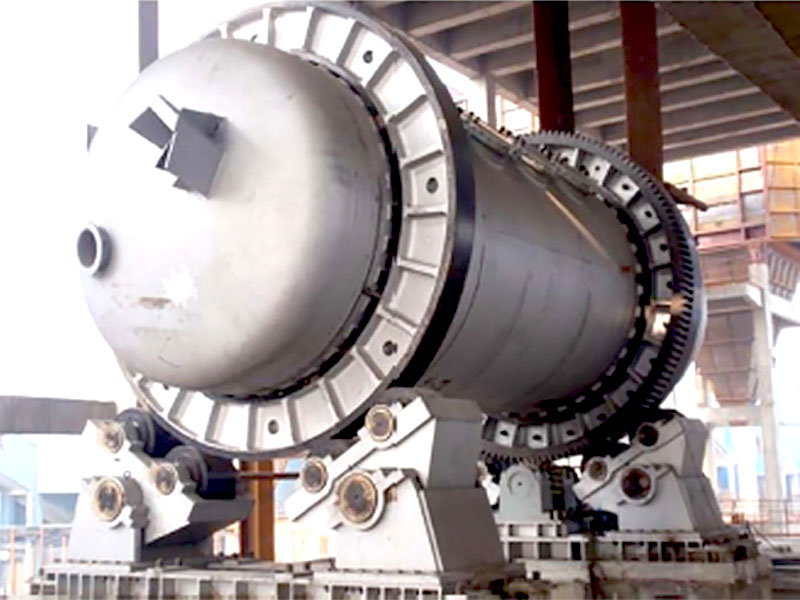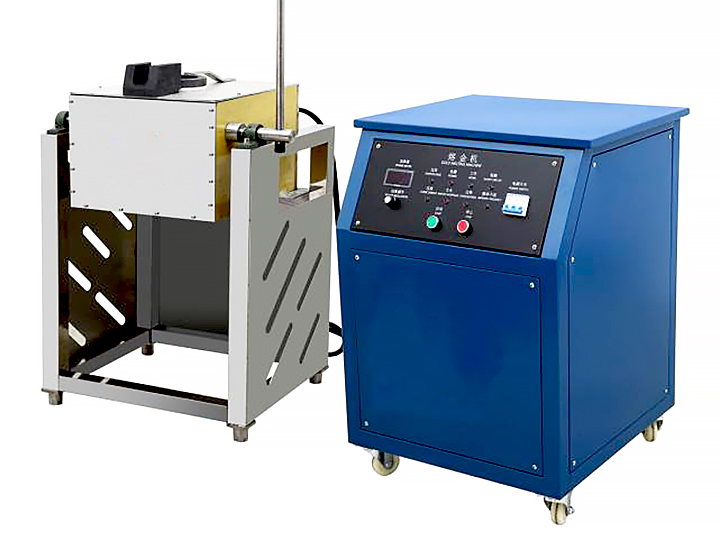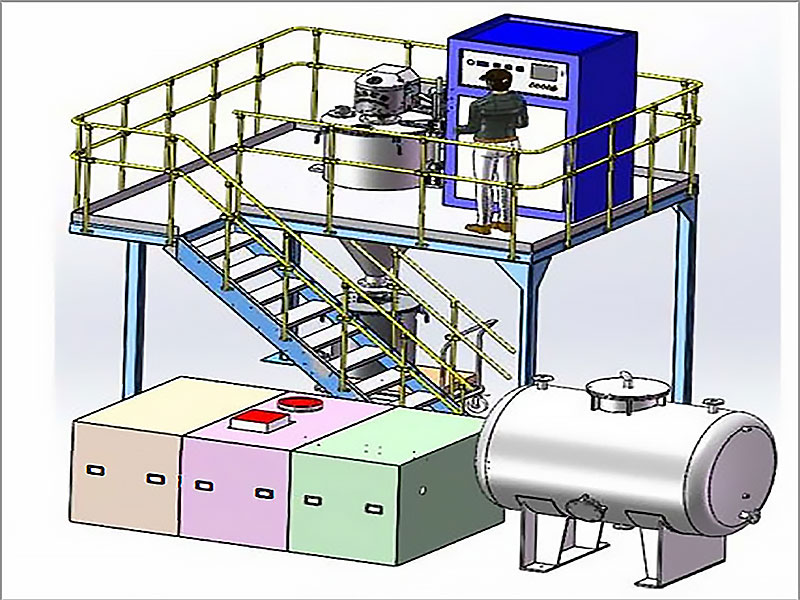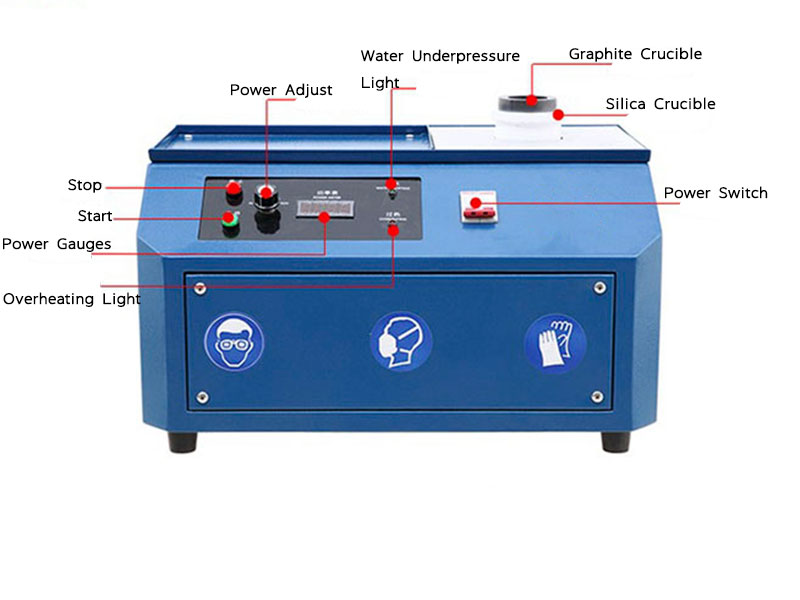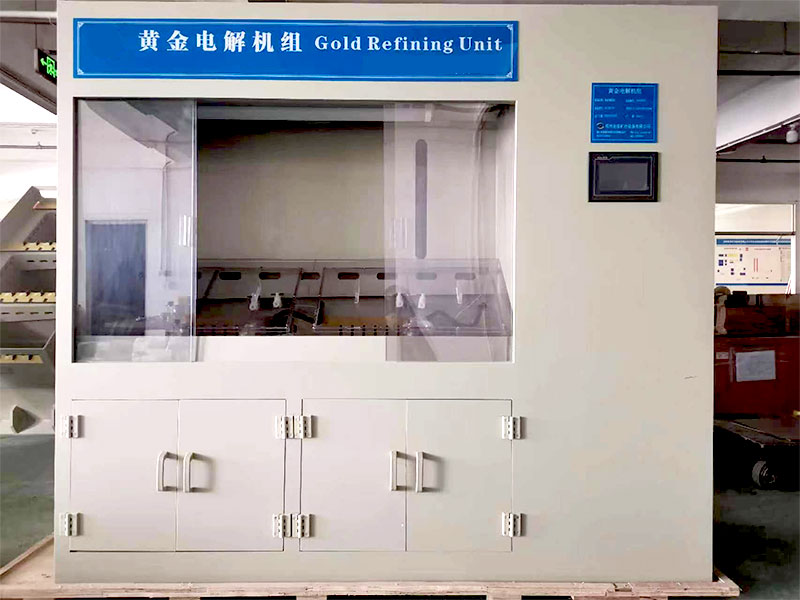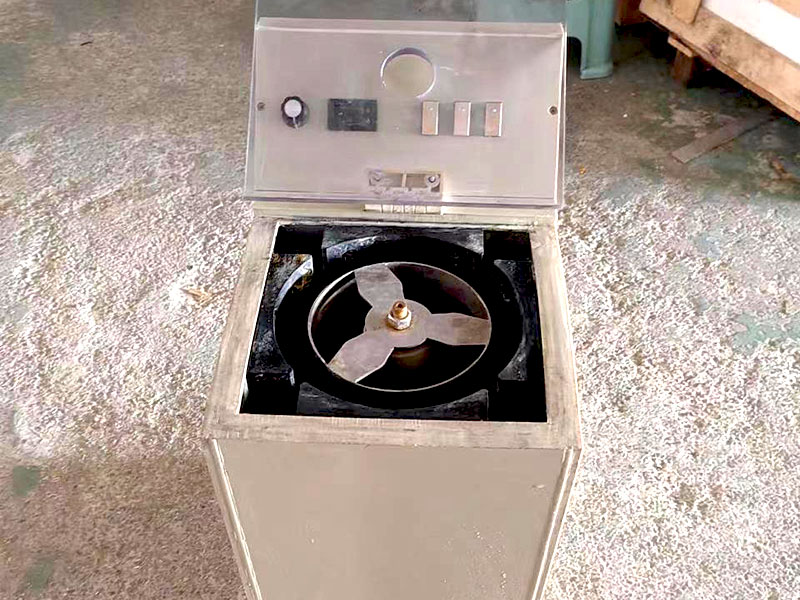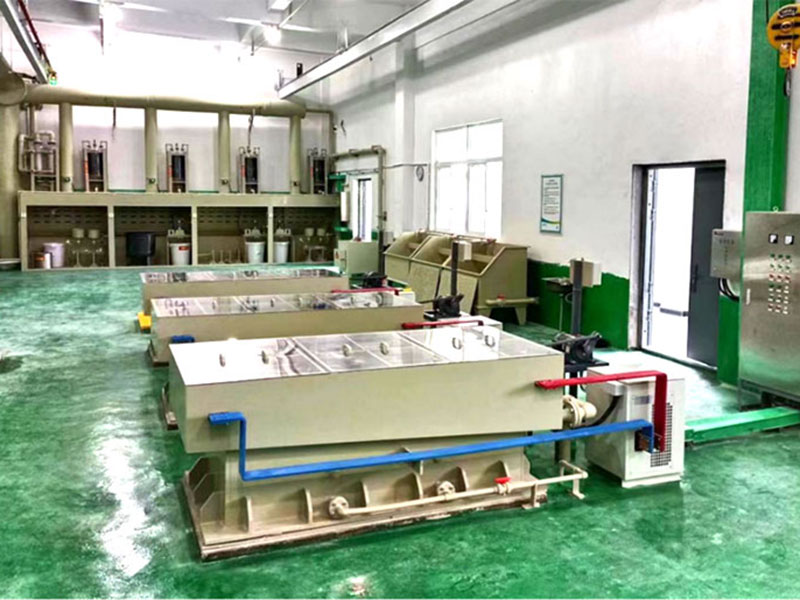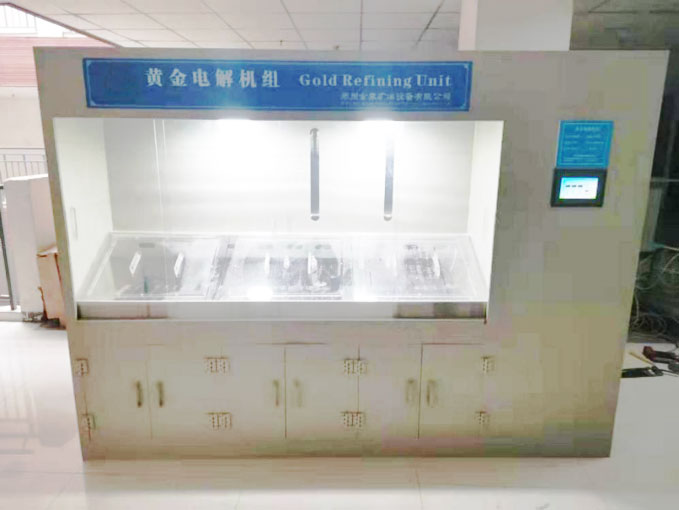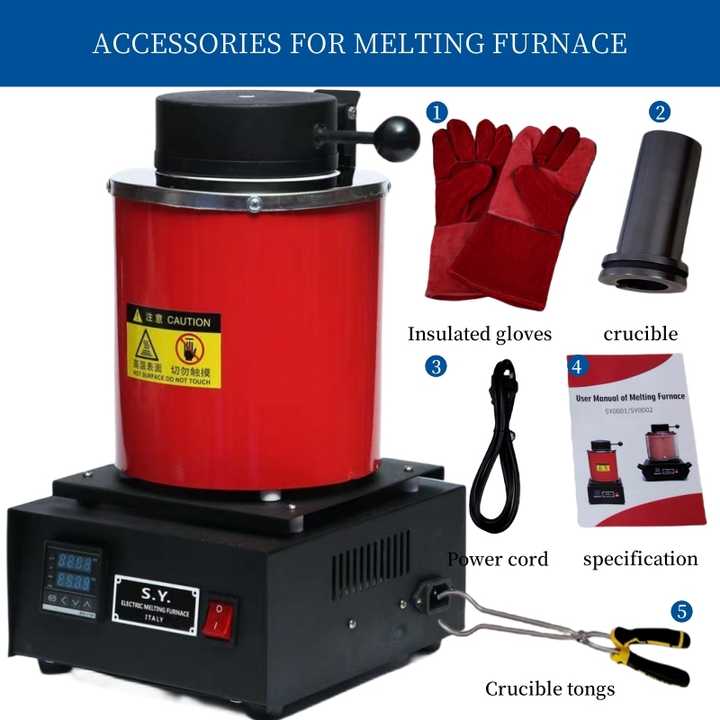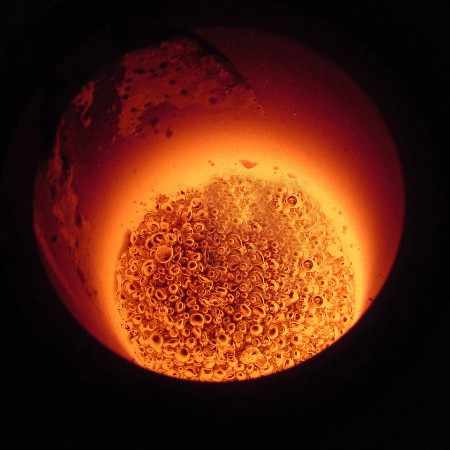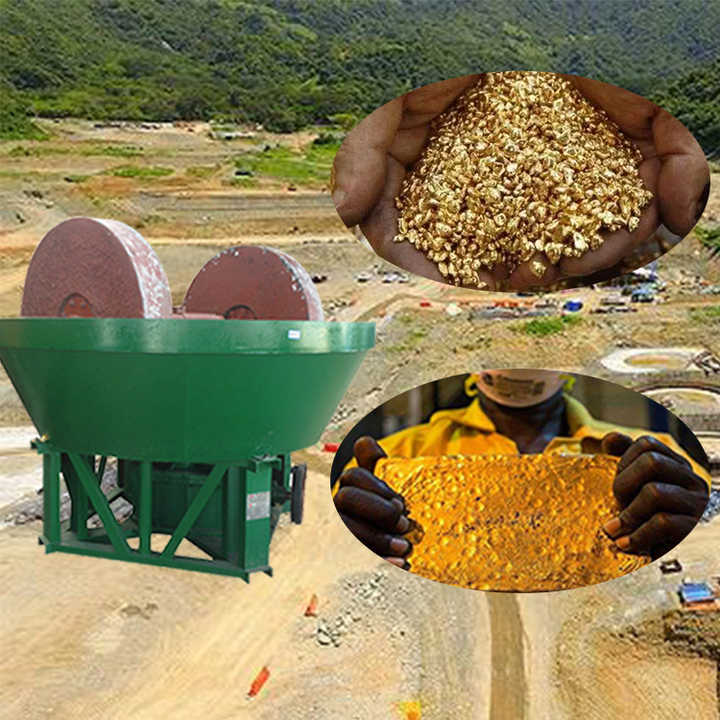gold smelting
Gold smelting is a critical process in the extraction and refinement of gold, transforming raw ore into a form that can be further purified and used in various applications. This article provides an in-depth exploration of gold smelting, covering the fundamental techniques, the importance of the process, and its applications across different industries.
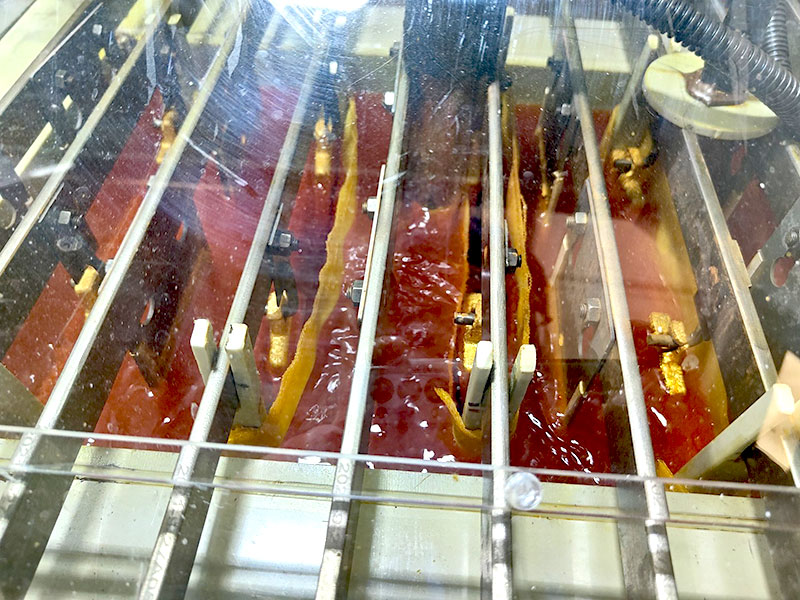

What is Gold Smelting?
Gold smelting is the process of extracting gold from its ore by applying heat and a chemical reducing agent to decompose the ore, drive off other elements as gases or slag, and leave behind pure gold. This process is a crucial step in the transformation of raw gold ore into usable gold, ready for further purification or use in various industries.
The Gold Smelting Process Explained
Gold smelting involves several steps that must be carefully executed to achieve the desired results. Below, we explore the stages involved in the gold smelting process.
1. Crushing and Milling the Ore
Before the actual smelting process begins, the gold ore must be crushed and milled to break it down into smaller particles. This is done to increase the surface area of the ore, making it easier to extract the gold during the smelting process. The ore is typically crushed using jaw crushers or ball mills, which reduce it to a fine powder.
2. Concentration of the Ore
After crushing and milling, the ore undergoes concentration, where the heavier gold particles are separated from the lighter waste materials. Various methods can be used for concentration, including gravity separation, flotation, and magnetic separation. This step is vital in the gold smelting process as it increases the concentration of gold in the ore, making the smelting process more efficient.
3. Smelting the Concentrated Ore
Once the ore is concentrated, it is ready for smelting. The gold smelting process involves heating the concentrated ore in a furnace at high temperatures, typically between 1,200 and 1,600 degrees Celsius. During this process, a chemical reducing agent, such as carbon, is added to the furnace to help separate the gold from the other elements in the ore. As the ore heats up, the gold melts and separates from the impurities, which rise to the surface and form a layer of slag that can be removed.
4. Refining the Gold
After the smelting process, the gold is usually not pure and contains some impurities. To obtain pure gold, further refining is necessary. This can be done through various methods, such as the Miller process or the Wohlwill process, which are designed to remove any remaining impurities and produce gold of the highest purity.
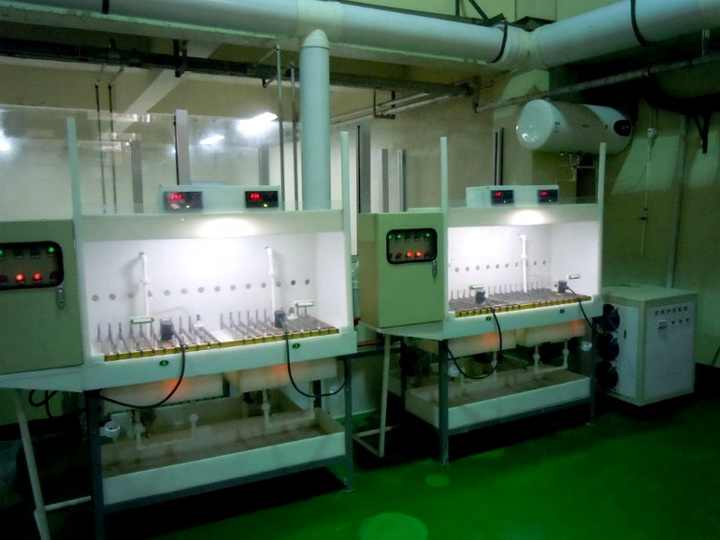
Importance of Gold Smelting
Gold smelting is a vital process in the gold production industry for several reasons. First, it allows for the extraction of gold from its ore, making it possible to obtain usable gold. Without smelting, the gold contained in ore would remain locked within the rock and be of little value.
Secondly, gold smelting is essential for ensuring the purity of the final product. By removing impurities and separating gold from other elements, smelting helps produce gold that meets industry standards for quality and purity. This is particularly important for applications where the purity of gold is critical, such as in jewelry making, electronics, and financial markets.
Applications of Gold Smelting
Gold smelting is a process that finds applications in various industries beyond just the mining sector. Some of the key areas where gold smelting is utilized include:
1. Jewelry Making
In the jewelry industry, gold smelting is used to produce high-purity gold that can be alloyed with other metals to create different types of jewelry. The ability to smelt gold into different forms and purities allows jewelers to create a wide range of products, from simple gold bands to intricate, high-end pieces.
2. Electronics Industry
The electronics industry relies heavily on gold smelting to produce the gold used in various components, such as connectors, switches, and circuit boards. Due to its excellent conductivity and resistance to corrosion, gold is a preferred material in the manufacturing of electronic devices. Smelting ensures that the gold used in these applications is of the highest quality, enhancing the performance and longevity of the products.
3. Investment and Bullion
Gold smelting is also crucial in the production of gold bullion, which is used for investment purposes. Investors prefer gold bullion with high purity levels, and smelting is the process that makes this possible. Gold bars and coins produced through smelting are valued for their purity and are often used as a hedge against inflation and economic instability.
Environmental Considerations in Gold Smelting
While gold smelting is a necessary process, it is important to consider its environmental impact. The smelting process requires a significant amount of energy and can produce harmful emissions, including greenhouse gases and toxic substances. Additionally, the chemicals used in smelting, such as mercury and cyanide, can pose environmental and health risks if not properly managed.
Efforts are being made to develop more sustainable smelting practices that reduce the environmental footprint of gold production. These include the use of cleaner energy sources, improved waste management practices, and the development of alternative smelting technologies that minimize the use of hazardous chemicals.
Conclusion
Gold smelting is an essential process in the production of pure gold, playing a crucial role in various industries, from jewelry making to electronics and investment. Understanding the gold smelting process is vital for anyone involved in the gold industry, as it directly impacts the quality, value, and marketability of the final product.
As the demand for gold continues to grow, the importance of efficient, sustainable, and environmentally friendly smelting practices will only increase. By refining and improving the smelting process, the industry can continue to meet the needs of the market while minimizing its impact on the environment.

